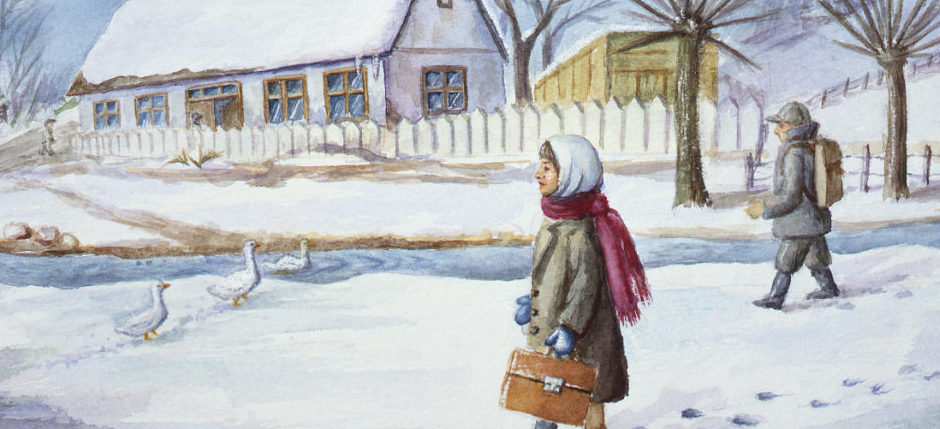This case study reports differing viewpoints on how ethnic history should be taught in post-conflict Rwanda within different populations of Hutu and Tutsi school teachers and students. Unfortunately the study limited its focus groups to those who had reached secondary school and ignored eighty percent of the population. In 1994 a moratorium had been implemented on teaching Rwandan history, and ten years later new history books had yet to be written.
In 1994 a moratorium had been implemented on teaching Rwandese history.
The authors recommend teaching about the origins of Rwandese ethnicity (explaining that Hutu, Tutsi, and Twa are colonial ethnic constructs and there exists a diversity of clan structures in Rwanda) (263). This would popularize the notion of a common ethnic Rwandese history, minimize the focus on ethnic differences and tensions, and dissuade the reigniting of ethnic tensions. But the dangers of simplifying the overall picture and avoiding historical complexity and careful examination of history are recognized.
Citation: Sarah Warshauer Freedman, Deo Kambanda, Beth Lewis Samuelson, Innocent Mugisha, Immaculee Mukashema, Evode Mukama, Jean Mutabaruka, Harvey M. Weinstein, and Timothy Longman, “Confronting the Past in Rwandan Schools.” In My Neighbor, My Enemy: Justice and Community in the Aftermath of Mass Atrocity, eds. Stover, Eric, and Harvey M. Weinstein. Cambridge, UK: Cambridge University Press, 2004, pp. 249-265.
Historian Stansell, writing fifteen years after the Rwandan genocide at a time of the expiration of the gacaca reconciliation court initiative in Rwanda, reminds us that years after the genocide “the moral and psychological ravages continued” (36). The Tutsis, always a small minority were rendered miniscule in society after the genocide. She described ethnographic studies by the French journalist Hatzfeld that document that Hutu killers returning to society did not ask for forgiveness, nor did they show interest in the situation of the surviving Tutsis. Reconciliation seemed to have left the Tutsis behind, feeling that they were “losers twice over” (37), as Hutus became successful and Tutsis remained with their grief that the world overlooks in this later period. The humanitarian agencies from abroad and academicians embrace reconciliation more than its participants. We are reminded that in the schools in which Hutu and Tutsi children used to sit together as pals before the genocide, today’s children sit and study Rwandan history that is whitewashed of difference, and they do not feel as though they are friends.
The humanitarian agencies from abroad and academicians embrace reconciliation more than its participants.
Citation: Stansell, Christine, “The Aftermath and After,” The New Republic, Sept. 6, 2009, 35-42.
See also, Carney, J. J. Rwanda Before the Genocide: Catholic Politics and Ethnic Discourse in the Later Colonial Era. Oxford and New York: Oxford University Press, 2014.
From 1994, the government “banned ethnicity” in public use, rewrote history books, stopped the teaching of history, claiming that ethnic groups were fabricated by the Belgian colonial rulers (114). King reported on differences within the Tutsis and the Hutus, with certain subgroups accused unfairly of collaborating in the genocide, while the government insisted on a homogeneous “Rwandaness” (117). The interviews of King and others demonstrated much dissatisfaction with this government policy. Access to primary education has improved, but not much for the poorest Hutus (124). Tutsis dominate tertiary education and positions of power (129). New primary and secondary school history curricula attempted to explain away ethnicity. The US NGO Facing History and Ourselves and the University of California Berkeley’s Human Rights Center influenced the secondary school initiative, but the government has limited their effort (133-134). More attention is given to the genocide than to the history before genocide. The atmosphere in individual schools though counters blind obedience with critical thinking (136). Recent insistence on teaching in English rather than French has also impeded education (145). The government continues to negate multiple narratives. Both teachers and students have expressed frustration at the exclusion of social differences in the historical lessons (139). King asserted that by denying ethnicity, reconciliation is prevented (144).
More attention is given to the genocide than to the history before genocide … The government continues to negate multiple narratives.
Citation: King, Elizabeth. From classrooms to Conflict in Rwanda. New York: Cambridge University Press, 2014.

